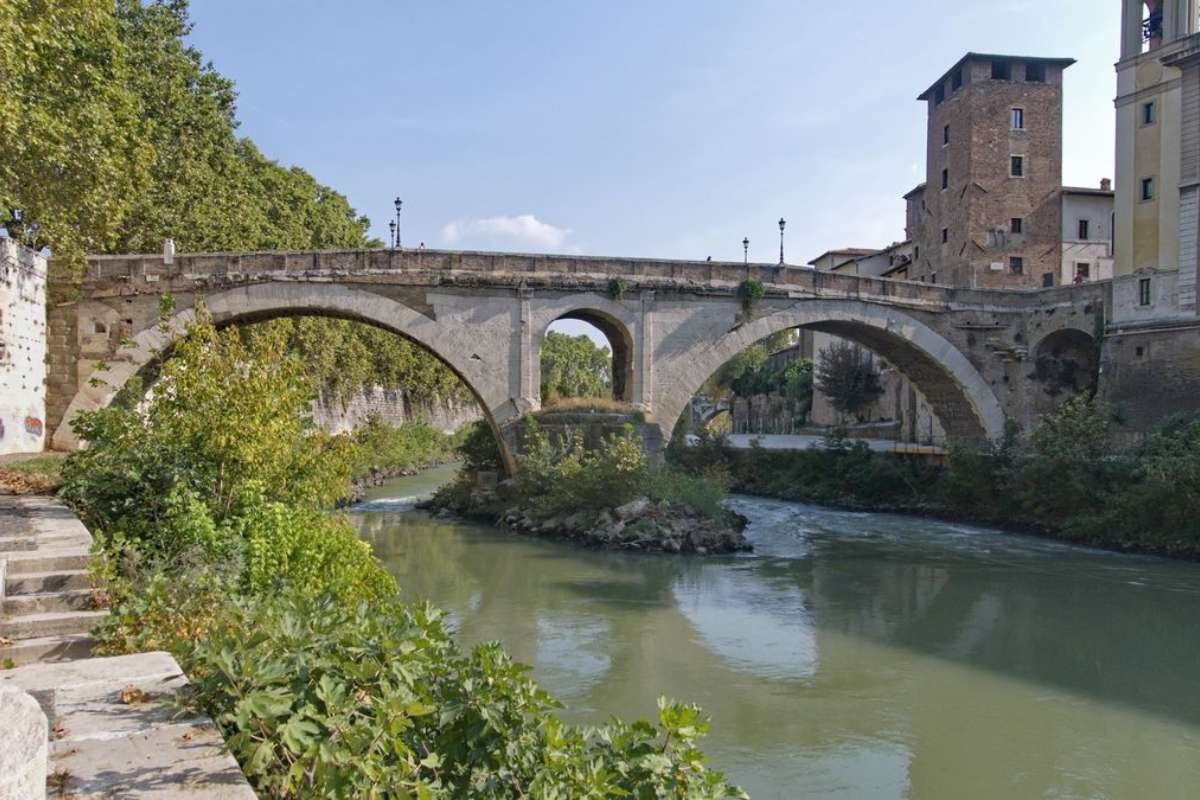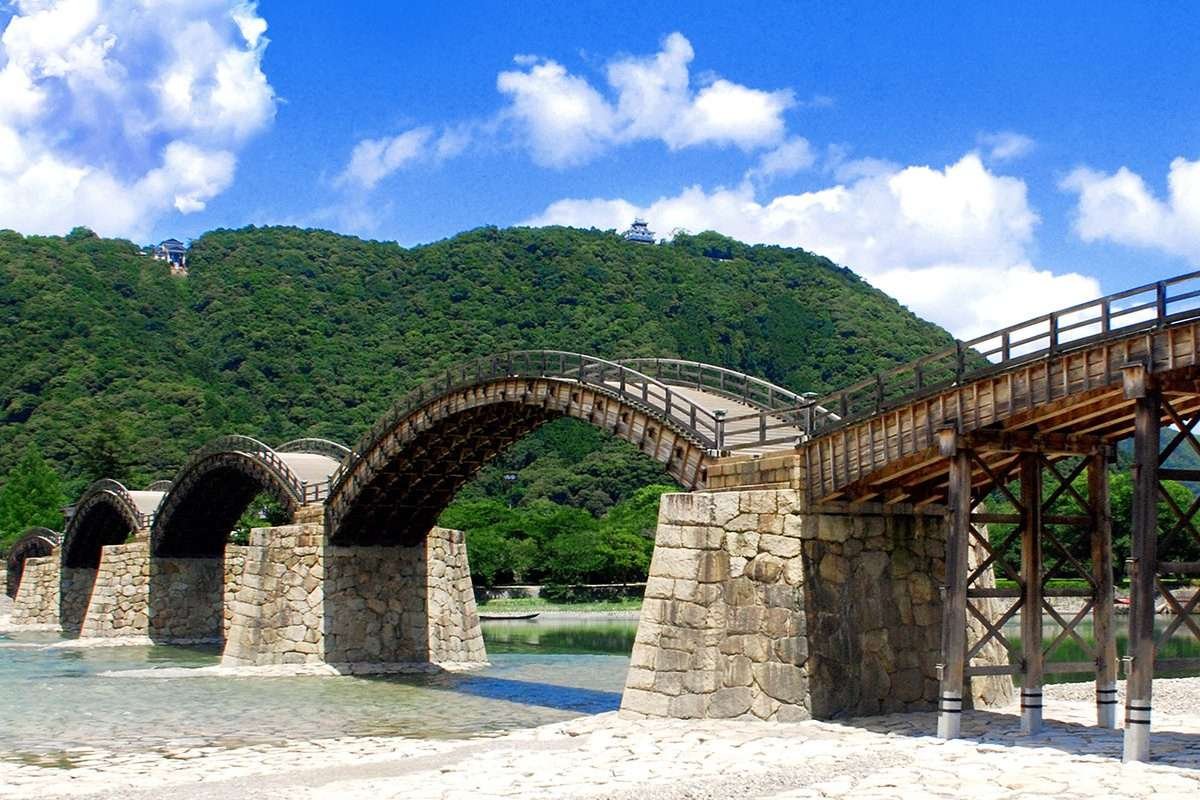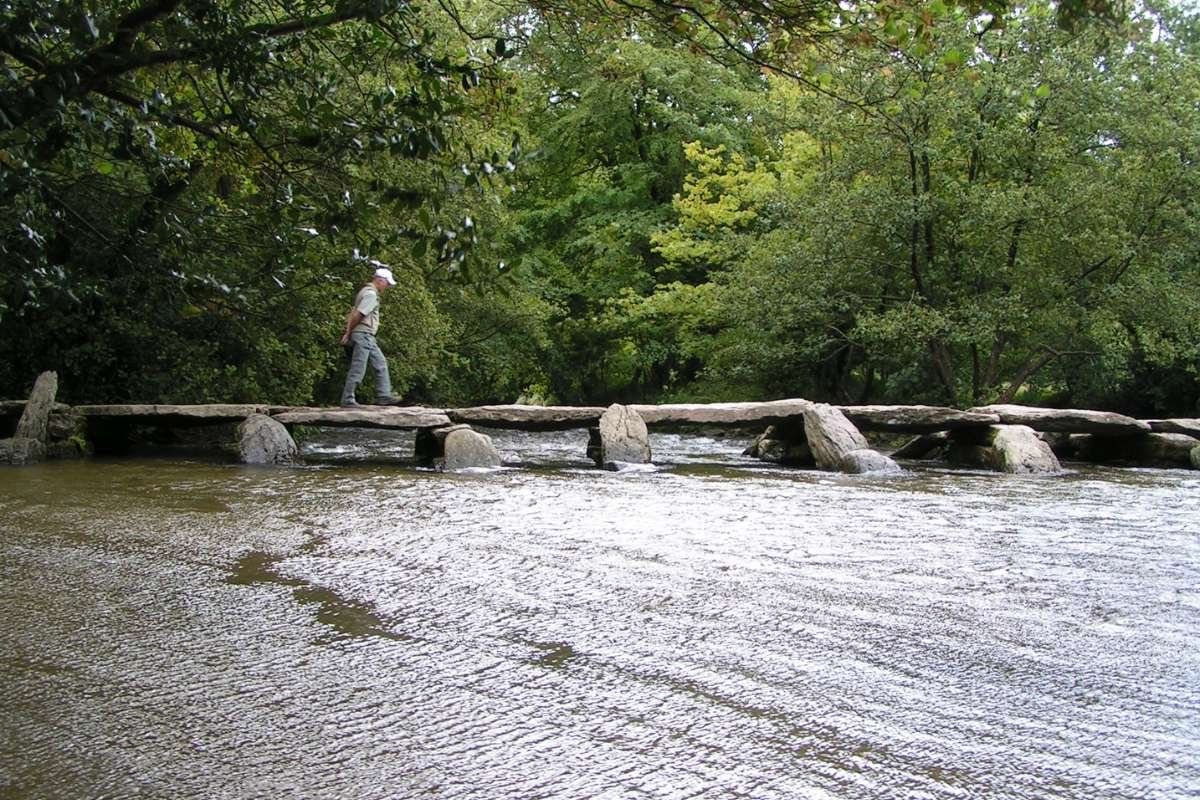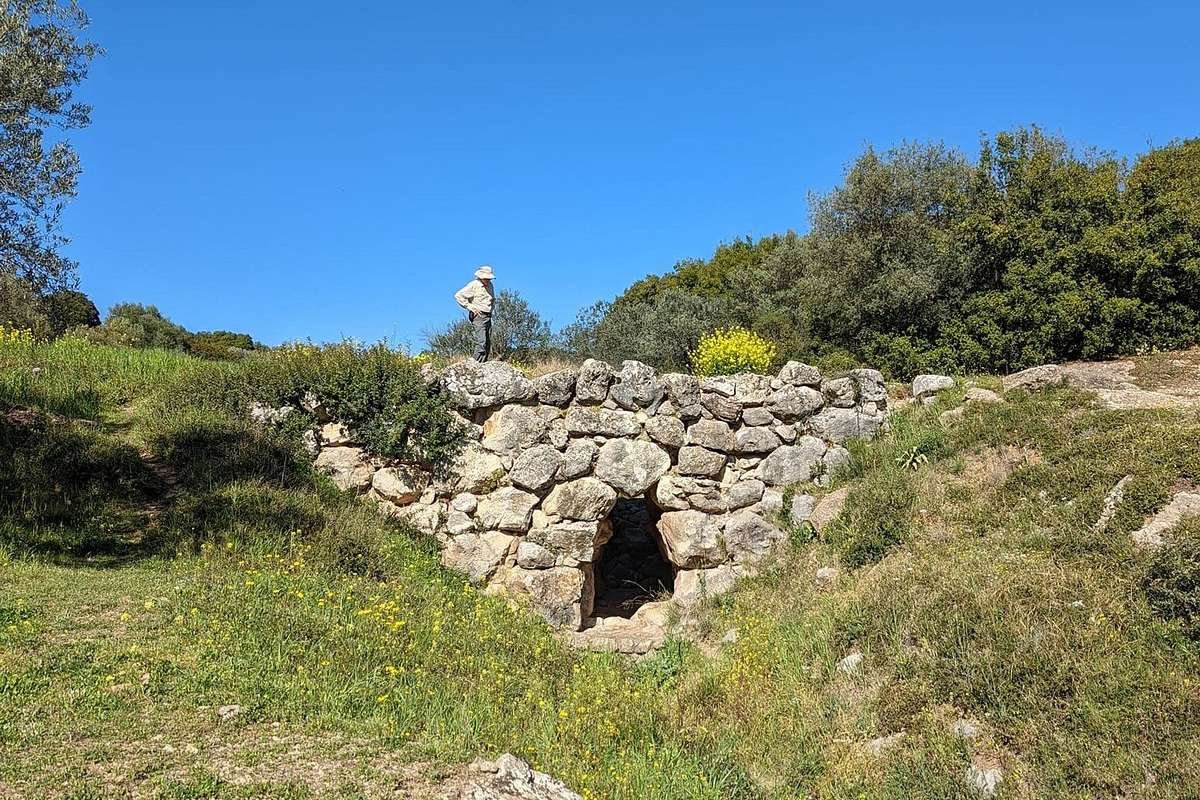Bridges serve as more than just access routes. They are connections between places, cultures, and time. All the time before the modern use of steel and concrete as the foundations of infrastructure, ancient civilizations were building magnificent stone and wooden bridges that still exist today. The Oldest Bridges in the World is a collection of some of the longest-surviving monuments of human invention, connecting prehistoric trade routes and communities and providing testament to the ingenuity of some of the earliest forms of engineering and architecture.
Join us as we travel through time and explore some of history’s most remarkable bridges that have withstood the test of nature, time, and decay.
Here Are Some of the Oldest Bridges in the World:
1. Arkadiko Bridge, Greece (Circa 1300–1190 BC)
Often regarded as the oldest bridge in the world. It is still in use; the Arkadiko Bridge in Greece is a masterpiece of Mycenaean architecture. Built from limestone boulders without mortar, this arch bridge was designed for chariots and pedestrians during the Bronze Age.
Located near Argolis, it remains a testament to early engineering skills — stable, well-aligned, and remarkably preserved. The corbel arch technique used here would go on to inspire bridge designs for millennia.
Fun Fact: Despite being over 3,000 years old, it’s sturdy enough for modern visitors to walk across safely!
2. Bridge over the River Meles, Turkey (circa 850 BC)
The ancient bridge over the River Meles in İzmir, Turkey, has mythological importance — it is believed to have been crossed by the legendary poet Homer. Built by the early Greeks, the structure represents one of the earliest known examples of stone arch engineering.
Although much of it has been restored, its foundations remain largely original. The bridge’s endurance through numerous earthquakes and floods highlights the brilliance of ancient Mediterranean architecture.
3. Pons Fabricius, Rome (62 BC)

Built during the Roman Republic, Pons Fabricius connects Tiber Island to the left bank of the Tiber River. What makes this structure fascinating is that it remains fully functional after more than 2,000 years.
Constructed using travertine and tuff, it’s an outstanding example of Roman engineering precision. Latin inscriptions on its arches commemorate its builder, Lucius Fabricius, the curator of roads at the time.
Legacy: The design and materials used in Pons Fabricius became the blueprint for later European bridge-building.
4. Karahunj Bridge, Armenia (Circa 1000 BC)
Lesser known but no less significant, the Karahunj Bridge in Armenia showcases the ingenuity of early civilizations in the Caucasus. It was built using volcanic stones and spanned small rivers and ravines that supported ancient trade.
Though partially eroded, parts of its foundation and arch remain intact, making it a valuable piece of history that highlights early Armenian craftsmanship.
5. Stone Bridge of Regensburg, Germany (1135–1146 AD)
A symbol of medieval strength and unity, the Stone Bridge of Regensburg was an engineering marvel of its time. It stretched across the Danube River and connected trade routes between northern and southern Europe.
Constructed using massive limestone blocks, this bridge became a prototype for Gothic bridge design throughout Europe. Its durability and aesthetics inspired other famous structures, including the Charles Bridge in Prague.
Fun Fact: Even during modern renovations, parts of the original medieval construction have remained untouched.
6. Kintaikyo Bridge, Japan (1673)

The Kintaikyo Bridge in Iwakuni, Japan, represents the artistry and precision of Edo-period craftsmanship. Unlike European stone bridges, this one is made entirely of wood, featuring five elegant arches supported by stone piers.
Despite being centuries old and repeatedly damaged by floods, it has been faithfully restored using traditional techniques. The bridge’s graceful curves symbolize harmony between human design and nature.
Visitor Tip: The Bridge looks especially enchanting during cherry blossom season.
7. Ponte Vecchio, Italy (1345)
Florence’s Ponte Vecchio is one of the most iconic and enduring medieval bridges in Europe. Built across the Arno River, it’s not only a marvel of 14th-century engineering but also a hub of art and commerce. Making it one of the strongest and oldest bridges in the world.
Originally constructed with defensive towers and wooden shops, it has evolved into a cultural symbol — a blend of architectural strength and Renaissance charm. Remarkably, it survived World War II intact while surrounding structures were destroyed.
8. Charles Bridge, Czech Republic (1357)
Commissioned by Emperor Charles IV, this Gothic masterpiece connects Prague’s Old Town with the Lesser Quarter. Its construction used sandstone blocks reinforced with eggs and lime mortar — a quirky but effective technique that contributed to its longevity.
Lined with statues of saints and packed with historical legends, the Charles Bridge is both a work of art and a testament to medieval Europe’s engineering genius.
Today: It remains a lively pedestrian bridge and a major tourist attraction, offering panoramic views of Prague’s skyline.
9. Tarr Steps, England (Circa 1000 BC)

Hidden in Exmoor National Park, the Tarr Steps is an ancient clapper bridge made from massive stone slabs placed across the River Barle. Its origins are unclear, but archaeological evidence dates it back nearly 3,000 years.
The bridge exemplifies prehistoric ingenuity — a simple yet effective design that allowed safe crossing for humans and animals. Despite flood damage over the centuries, it continues to be carefully maintained.
10. Zhaozhou Bridge, China (605 AD)
Known as the Anji Bridge, this is the world’s oldest open-spandrel segmental arch bridge. Built during the Sui Dynasty by engineer Li Chun, it stands as a landmark in ancient civil engineering.
Made from limestone, its design was revolutionary — using fewer materials and offering greater stability against floods. The Zhaozhou Bridge influenced bridge-building techniques across Asia for centuries.
Did You Know? The bridge has withstood over 1,400 years of earthquakes and heavy use, yet remains structurally sound.
Why These Ancient Bridges Still Matter
The Oldest Bridges in the World remind us that true engineering brilliance transcends time. They weren’t just functional — they were statements of power, culture, and vision. Many were built without modern tools or materials, yet their durability continues to challenge even contemporary builders.
These bridges also reflect early sustainability — crafted from locally sourced materials, designed with the landscape in mind, and built to last generations. Their preservation allows modern society to appreciate the artistry and wisdom of ancient civilizations.
Conclusion:
Whenever you travel across one of the Oldest Bridges in the world. You are not merely traversing stone — you are traversing history, innovation, and ambition in all its breadth of time.
From Arkadiko Bridge in Greece to the Zhaozhou Bridge in China, these bridges — all of which are ancient in their modern context — serve as a testimony to humanity’s infinite longing to connect — not merely land, but lives and legacies.
In an age of technological revolution, the legacy of these ancient masterpieces is reflective of a deeper architecture — it’s not simply about strength, it’s about soul.









